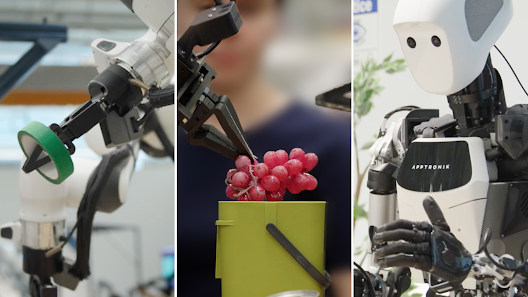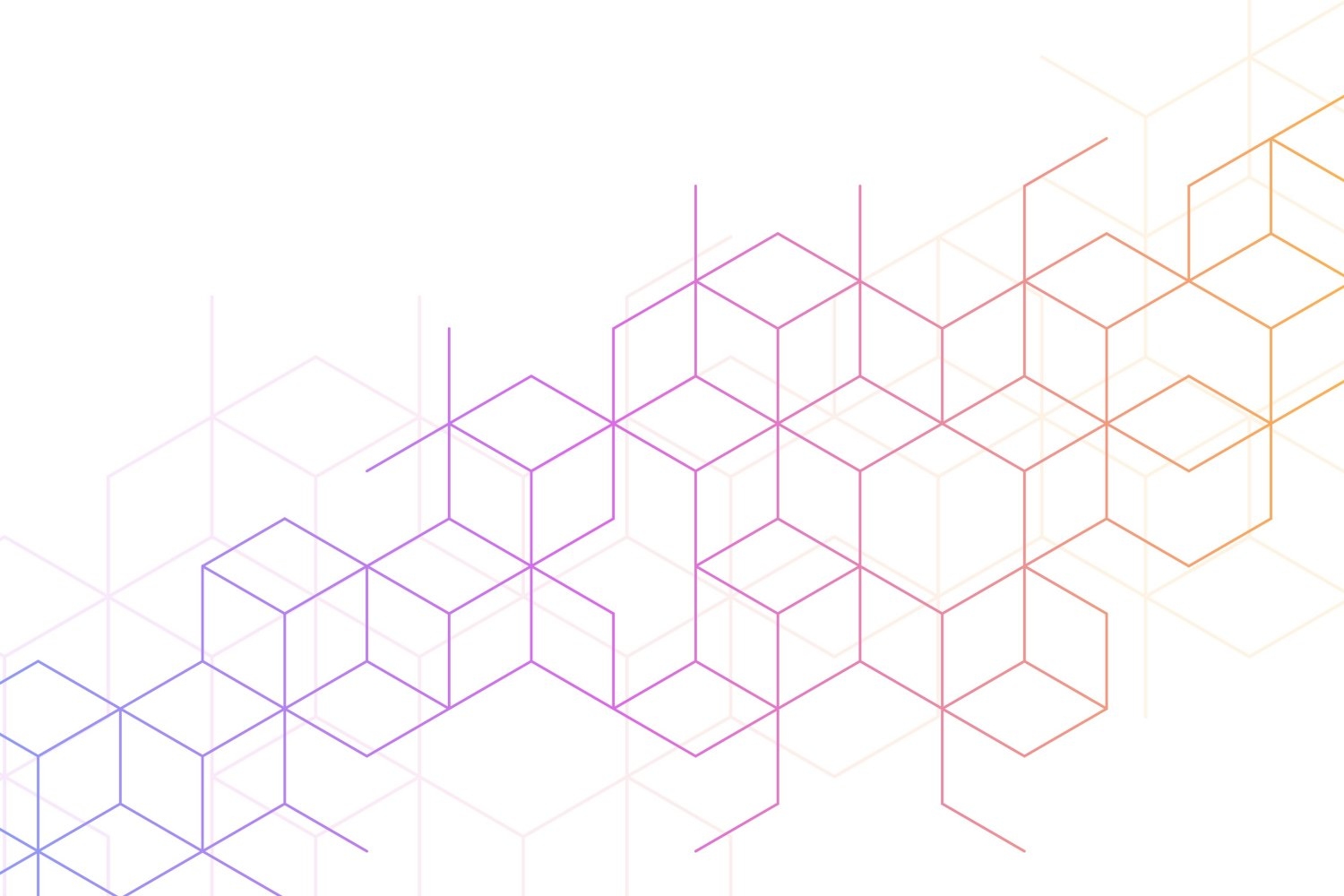Catchpoint has released its much-anticipated 2025 Site Reliability Engineering (SRE) Report, offering a deep dive into the evolving landscape of reliability engineering. This report, now in its seventh edition, sheds light on critical trends impacting IT professionals globally.
What Makes the 2025 SRE Report Stand Out?
With contributions from over 300 global professionals, including engineers, managers, and executives, the report provides a comprehensive analysis of challenges and opportunities in today’s fast-paced, AI-driven technological environment. It highlights the increasing importance of user experience and the delicate balance between speed and system stability.
Key Findings from the Report
- Performance is paramount: 53% of respondents agree that poor performance is as detrimental as downtime, emphasizing user experience as a core metric for reliability.
- Rising operational toil: Despite advancements in AI, the median percentage of time spent on repetitive tasks has risen to 30%, reversing a five-year decline.
- Pressure on priorities: More than two-thirds of participants report being pressured to prioritize release schedules over reliability, highlighting the ongoing tension between agility and stability.
- Monitoring tools proliferation: Organizations are utilizing between 2-10 monitoring tools, reflecting a shift toward a “value over cost” mindset in observability practices.
- Demand for AI training: 30% of respondents prioritized technical training in AI, demonstrating a strong interest in upskilling, even as some remain cautious about AI’s long-term impact.
- Incident response as a shared responsibility: 40% of respondents handled 1-5 incidents in the last month, with responsibilities spanning all levels of the organization.
- Misalignment on priorities: While there is optimism around reliability practices, discrepancies persist across managerial levels, indicating a need for unified strategies.
A Shift in Operational Toil
One of the most striking revelations from the report is the resurgence of operational toil. Despite the promise of AI to streamline workflows, professionals are now spending more time on repetitive tasks. This trend raises questions about the actual efficiency gains from AI in the workplace. As noted by Catchpoint’s Director of Product Marketing, Leo Vasiliou, “The expectation was that AI would reduce toil, not exacerbate it.”
Global Perspectives and Methodology
The 2025 SRE Report draws from a diverse pool of responses, with 68% from North America, followed by 16% from Europe and 11% from Asia. The survey spans companies of various sizes, ensuring a well-rounded view of the current reliability engineering landscape. This breadth of data provides actionable insights for organizations looking to enhance their digital resilience.
Looking Ahead
As the digital landscape continues to evolve, the 2025 SRE Report underscores the importance of adaptability, collaboration, and a user-centric approach. By addressing the challenges outlined in the report, organizations can better position themselves to thrive in an era where speed, stability, and user experience are non-negotiable.
For businesses aiming to integrate AI effectively while maintaining operational efficiency, exploring strategies for achieving AI maturity is a crucial next step. Read more about this in Achieving AI Maturity: A Strategic Framework for Business Success.
Conclusion
The 2025 SRE Report serves as a vital resource for IT professionals navigating the complexities of reliability engineering. By focusing on collaboration, training, and strategic prioritization, organizations can align their goals to meet the ever-growing demands of the digital age.







